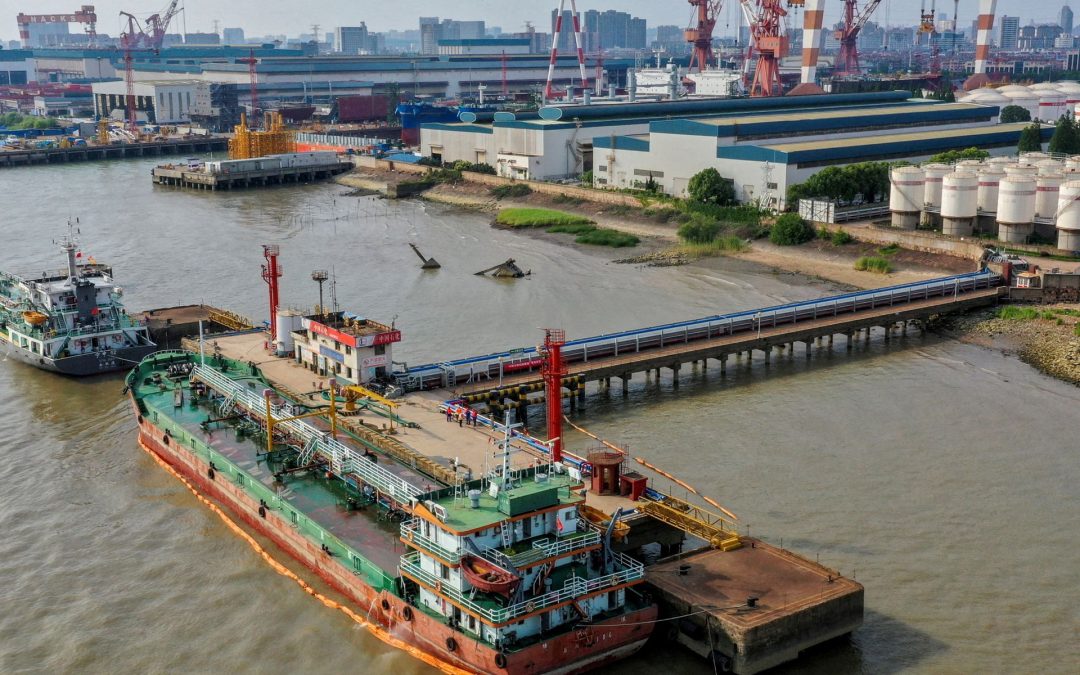New analysis from Germany shows the container sector faces the brunt of penalties from the upcoming FuelEU Maritime regulation, the sector likely to account for nearly a third of all payouts.
The financial impact of FuelEU Maritime, which comes into force at the start of next year, is focusing the minds of shipping companies as they face potential penalties for non-compliance with Greenhouse Gas (GHG) intensity reduction targets.
Vessels will be hit with a penalty of €2,400 per tonne of VLSFO-equivalent for failing to meet the initial 2% reduction target relative to a 2020 baseline. The GHG intensity requirement applies to 100% of energy used on voyages and port calls within the EU/EEA and 50% of voyages into and out of the bloc.
OceanScore has identified the segments set to be hit hardest. OceanScore forecasts that shipping as a whole will rack up total FuelEU penalties of €1.345bn in 2025 through analysis of the 13,000 vessels over 5,000 GT trading within and into the EU/EEA that are subject to the regulation.
As with the EU Emissions Trading System (EU ETS), it is the container segment that will be forced to fork out most, accounting for 29% of gross penalties according to OceanScore, followed by ropaxes on 14% with tankers and bulkers each on 13%.
“It is critical for shipping companies to determine a baseline for expected FuelEU costs to secure proper planning and budgeting processes to compare different mitigation options, as well as to decide what to do with outstanding compliance balances,” said OceanScore Managing Director Albrecht Grell. “This will require, to a higher degree than the EU ETS, a corporate strategy to determine how to reduce the compliance balance/deficit, how to commercialise a surplus and deal with deficits that remain.”
Source: Splash247





